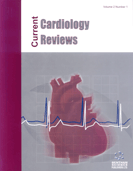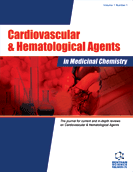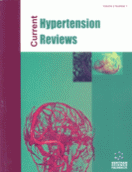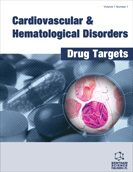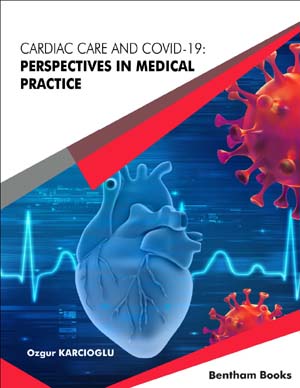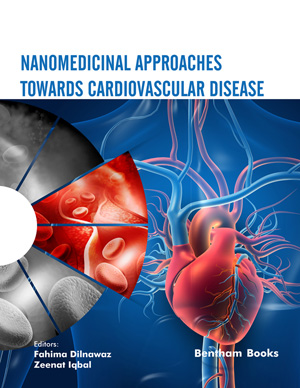Abstract
After a gap of almost 60 years following the development of warfarin, 2 new categories of oral anticoagulant agents have been approved for clinical use – the direct thrombin inhibitors and factor Xa inhibitors. These agents promise to be more convenient to administer with fixed dosing but still have equivalent efficacy and improved bleeding risk compared to warfarin. The clinical community is looking forward to the widespread usage of these agents but there is also some apprehension regarding bleeding risks, non-availability of specific reversal strategies and lack of specific monitoring parameters. This review article will attempt to educate the reader about three representative drugs from these classes: Dabigatran, Rivaroxaban and Apixaban. We will discuss the historical perspective to the development of these drugs, available research data and pharmacology of these agents. The best strategies for monitoring and reversal of these drugs in special situations will also be touched upon.
Keywords: Acute coronary syndrome, apixaban, atrial fibrillation, dabigatran, deep venous thrombosis, pulmonary embolism, rivaroxaban, venous thromboembolism, DVT, HIT
Current Cardiology Reviews
Title:Newer Oral Anticoagulant Agents: A New Era in Medicine
Volume: 8 Issue: 2
Author(s): Ramil Goel and Komandoor Srivathsan
Affiliation:
Keywords: Acute coronary syndrome, apixaban, atrial fibrillation, dabigatran, deep venous thrombosis, pulmonary embolism, rivaroxaban, venous thromboembolism, DVT, HIT
Abstract: After a gap of almost 60 years following the development of warfarin, 2 new categories of oral anticoagulant agents have been approved for clinical use – the direct thrombin inhibitors and factor Xa inhibitors. These agents promise to be more convenient to administer with fixed dosing but still have equivalent efficacy and improved bleeding risk compared to warfarin. The clinical community is looking forward to the widespread usage of these agents but there is also some apprehension regarding bleeding risks, non-availability of specific reversal strategies and lack of specific monitoring parameters. This review article will attempt to educate the reader about three representative drugs from these classes: Dabigatran, Rivaroxaban and Apixaban. We will discuss the historical perspective to the development of these drugs, available research data and pharmacology of these agents. The best strategies for monitoring and reversal of these drugs in special situations will also be touched upon.
Export Options
About this article
Cite this article as:
Goel Ramil and Srivathsan Komandoor, Newer Oral Anticoagulant Agents: A New Era in Medicine, Current Cardiology Reviews 2012; 8 (2) . https://dx.doi.org/10.2174/157340312801784934
| DOI https://dx.doi.org/10.2174/157340312801784934 |
Print ISSN 1573-403X |
| Publisher Name Bentham Science Publisher |
Online ISSN 1875-6557 |
 8
8
- Author Guidelines
- Bentham Author Support Services (BASS)
- Graphical Abstracts
- Fabricating and Stating False Information
- Research Misconduct
- Post Publication Discussions and Corrections
- Publishing Ethics and Rectitude
- Increase Visibility of Your Article
- Archiving Policies
- Peer Review Workflow
- Order Your Article Before Print
- Promote Your Article
- Manuscript Transfer Facility
- Editorial Policies
- Allegations from Whistleblowers
- Announcements
Related Articles
-
Computed Tomography Imaging of the Coronary Arteries: State of the Art Applications and Recent Patents
Recent Patents on Medical Imaging Bronchiolitis Care in the Hospital
Reviews on Recent Clinical Trials Renal Tubular Acidosis
Current Pediatric Reviews Drug Delivery to CNS: Challenges and Opportunities with Emphasis on Biomaterials Based Drug Delivery Strategies
Current Pharmaceutical Design Arterial Stiffness As A Therapeutic Target For Isolated Systolic Hypertension: Focus on Vascular Calcification and Fibrosis
Current Hypertension Reviews Pharmacological Characteristics and Clinical Applications of K201
Current Clinical Pharmacology Effect of SDF-1 α on Endogenous Mobilized and Transplanted Stem Cells in Regeneration after Myocardial Infarction
Current Pharmaceutical Design Fibromyalgia
Current Rheumatology Reviews Treatment of the Cheyne-Stokes Breathing Pattern in Patients with Congestive Heart Failure: State of the Art
Current Respiratory Medicine Reviews Complications of Infective Endocarditis
Cardiovascular & Hematological Disorders-Drug Targets Patent Selections:
Recent Patents on Medical Imaging Meet Our Editor:
Current Cardiology Reviews Immunopathological Aspects of Mycoplasma pneumoniae Infection
Current Pediatric Reviews Basic Mechanisms in Atherosclerosis: The Role of Calcium
Medicinal Chemistry Molecular Determinants of the Cardiometabolic Phenotype
Endocrine, Metabolic & Immune Disorders - Drug Targets The Use of Echocardiography in the Critically Ill; The Role of FADE (Fast Assessment Diagnostic Echocardiography) Training
Current Cardiology Reviews Coarctation of the Aorta - The Current State of Surgical and Transcatheter Therapies
Current Cardiology Reviews Blockade of Renin Angiotensin System in Heart Failure Post-Myocardial Infarction: What is the Best Therapy?
Recent Patents on Cardiovascular Drug Discovery Recent Development of Drug Delivery Systems for the Treatment of Asthma and Related Disorders
Recent Patents on Inflammation & Allergy Drug Discovery Beyond the Cardiac Myofilament: Hypertrophic Cardiomyopathy- Associated Mutations in Genes that Encode Calcium-Handling Proteins
Current Molecular Medicine


